Noise on the Natives
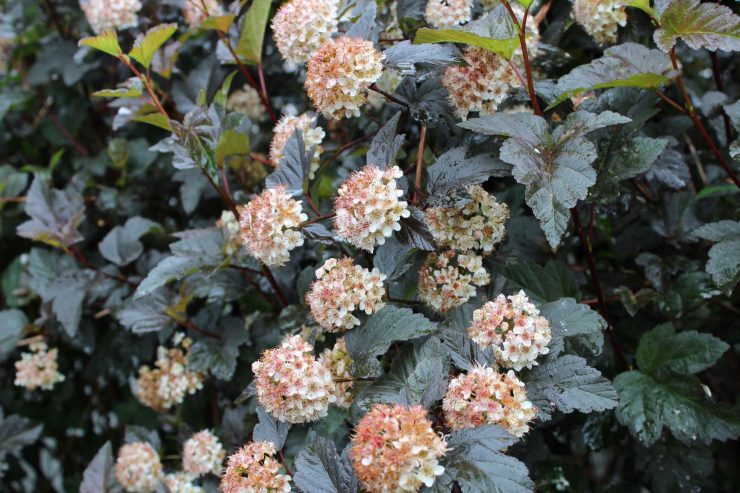
This week, June 17-24, is National Pollinator week. It is a time to celebrate pollinators, as well as start the conversation on how to protect them. People often overlook the importance of pollinators and just how much we benefit from them. In honor of pollinator week, I am going to discuss several wonderful native trees and shrubs here on the grounds at Blithewold. These plants not only supply food for pollinators, but provide food and shelter to many organisms, and keep balance within the ecosystem.
A great native plant I constantly see bees gushing over is American Holly (Ilex opaca). This evergreen is an abundant understory tree in many of our New England forests. Flowering in mid to late spring, this plant is a great source of nectar early in the season. One of our native viburnums, the arrowwood (Viburnum dentatum), is also a common sight throughout Rhode Island, showing its beauty and durability. Down by the shoreline, in the forest, or on the road side, it can be seen thriving with fuzzy white blooms. Catawba rhododendron (Rhododendron catawbiense), native through much of Appalachia , is now blooming. With stunning color that attracts birds and bumble bees, this plant proves that rhododendron season isn’t quite finished yet. Over by the wedding tent, the Ninebark (Physocarpus opulifolium ‘Diabolo’, pictured above) is sight to behold with its dark foliage and flowers friendly to bees.
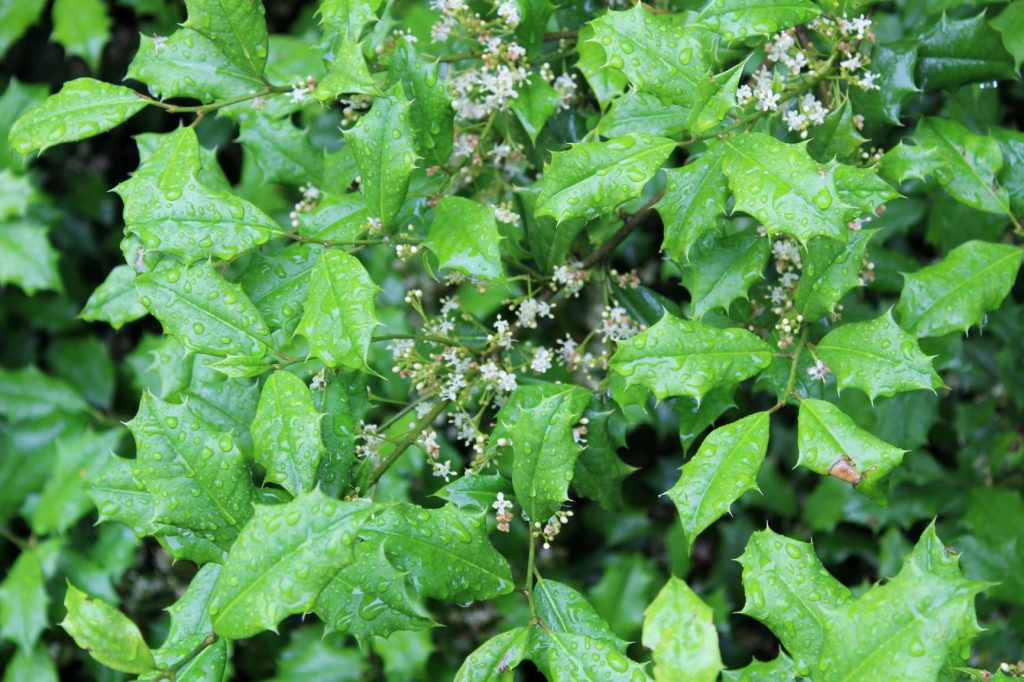
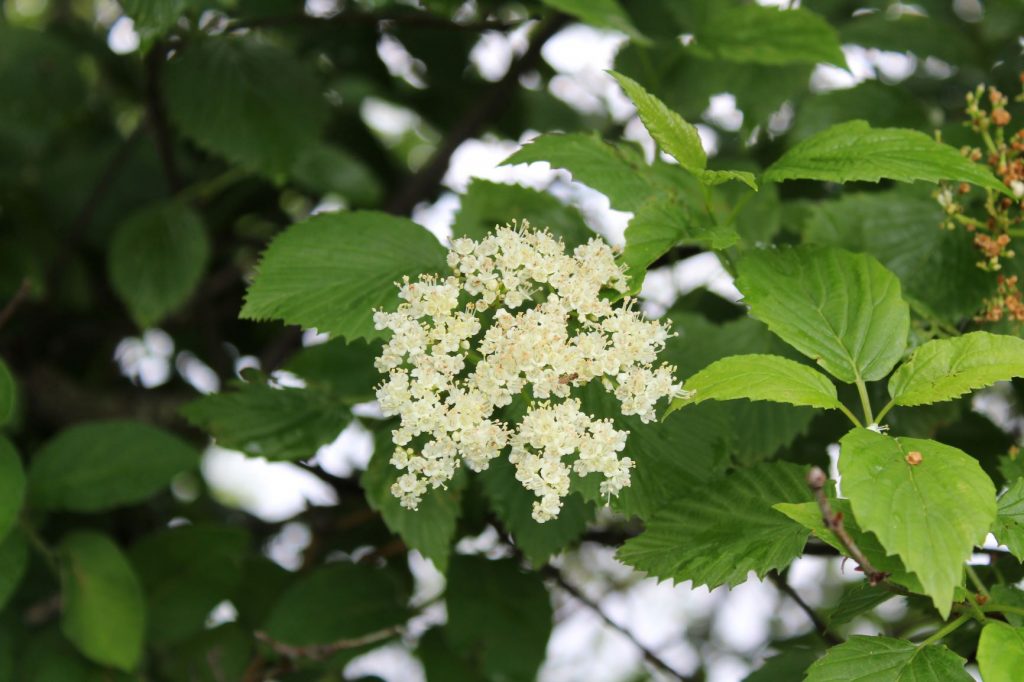
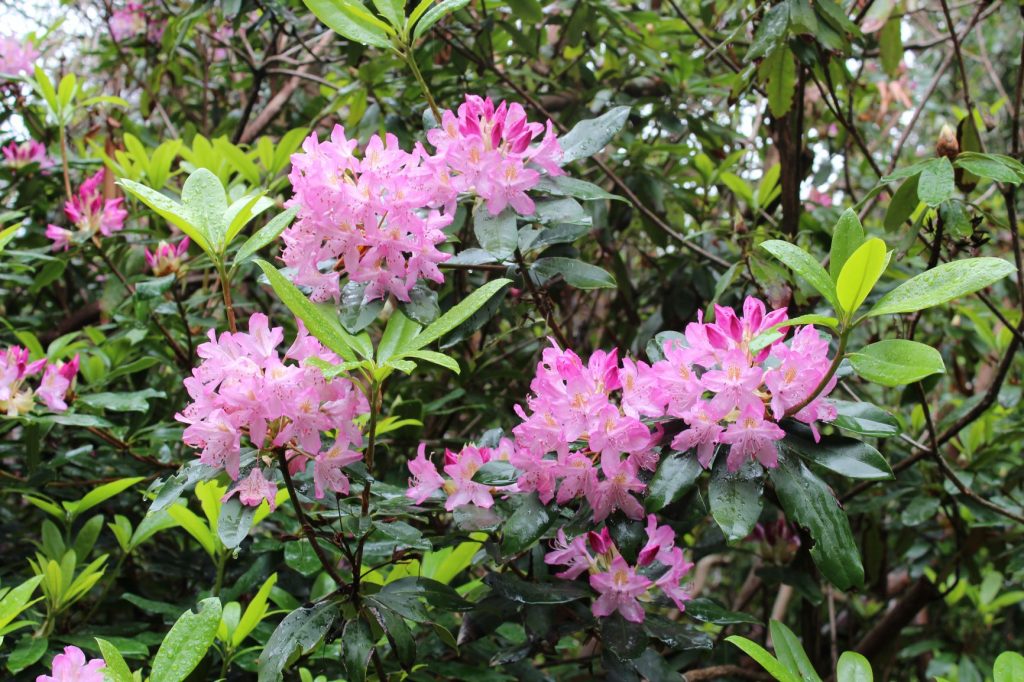
The oaks are some of the most beneficial native plants in our ecosystem, supporting hundreds of species. We have several native oak species spread out around the property. One tree in particular, the scarlet oak (Quercus coccinea) off lover’s lane, entrances me every time I see it. Two towering pin oaks (Q. palustris) in the front lawn have a similar effect, towering over 100 ft. A stand of white oaks (Q. alba) at the end of the shrub walk provides the final shade before a traveler is thrust upon the bay. Oaks act as a host plant and food source for hundreds of organisms, from insects to birds to mammals. Many song birds rely on caterpillars, or Lepidoptera, whose populations are most heavily supported by the oak genus. Trees such as black cherry, cottonwood, and white pine are other key contributors in supporting insect life. The oaks role in the ecosystem is truly crucial and irreplaceable.
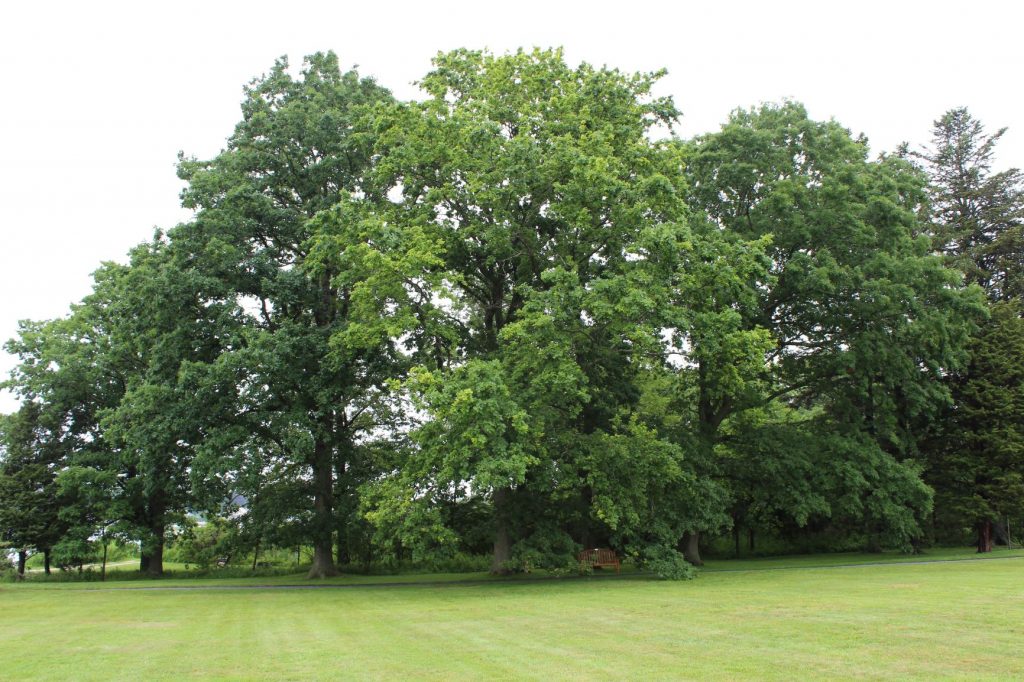
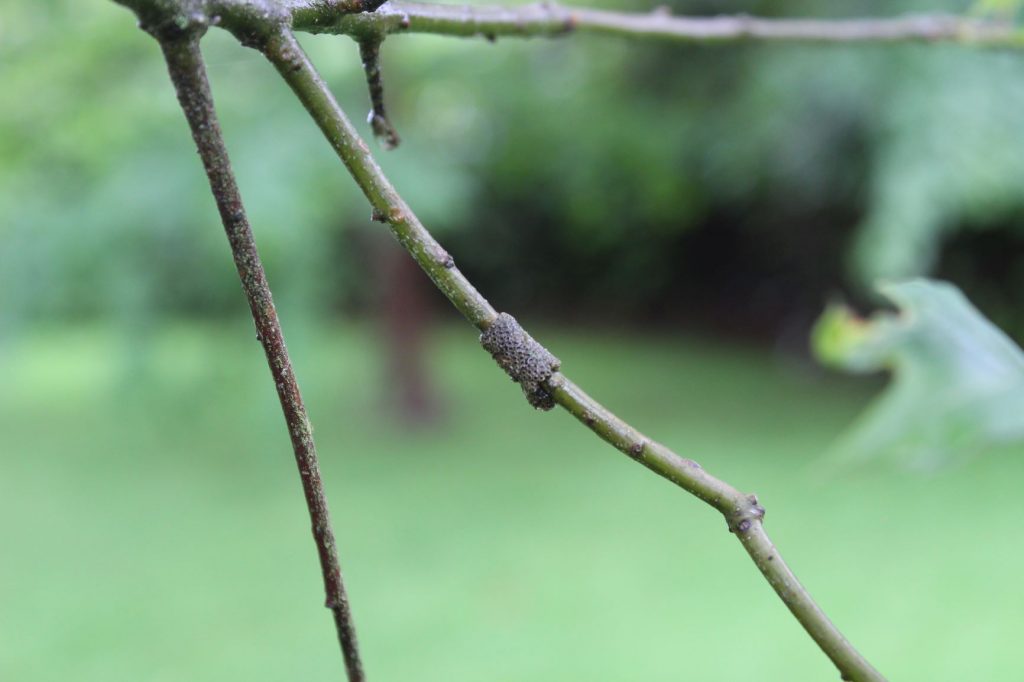
Not only are these natives beautiful, they are also invaluable to life’s continuation in nature. By planting native plants, you are not only providing to pollinators, but all organisms that help make the garden such a majestic place.
